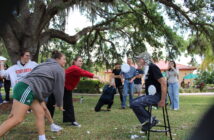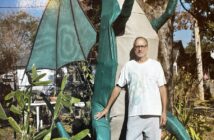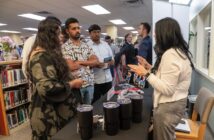by Emily Hernandez Dominguez, Campus News Editor
Students crane their necks to the sky, their eyes protected from the sun by secure solar viewing glasses, commonly called “eclipse glasses.” Students could see crescent-shaped shadows all over the ground.
On Oct. 14, the Saint Leo University Astronomy and NASA Eclipse Ambassadors hosted “The Great American Solar Eclipse” event in the Bowl, inviting students and members of the local community to witness a rare celestial phenomenon.
Astronomy Club Class President Gregory Connelly, a senior majoring in biomedical and health sciences, along with Dr. Perera, assistant professor of physics and physical sciences, and the Astronomy Club, worked together to coordinate the event.
“Last summer, we participated in a training program with the Astronomical Society of the Pacific and partnered with NASA. It was a three-week course during which we learned about solar eclipses. Being a part of the ambassadorship program involves hosting events like this. So, our first event took place at the Dade City Library, and this is our second event,” said Connelly.
The term “Ring of Fire” is used because, during this eclipse, the phenomenon of a radiant ring of sunlight encircling the darkened moon resembles a fiery halo. In Florida, approximately 60 percent of the eclipse was observable. The event commenced at 1 p.m. and continued until 4 p.m. when the eclipse was estimated to be fully visible from Florida. At precisely 1:26 p.m., the eclipse reached its maximum visibility.
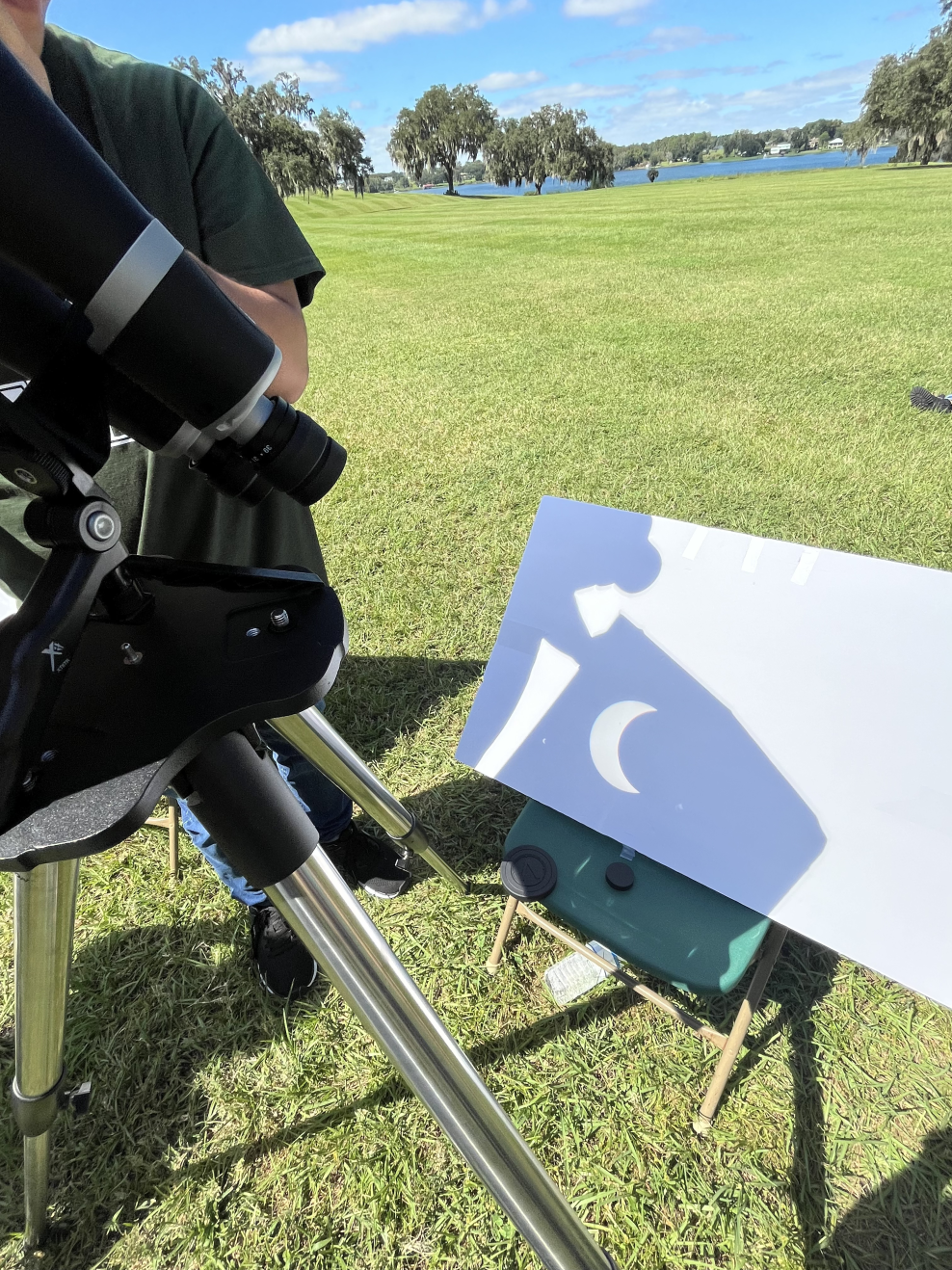
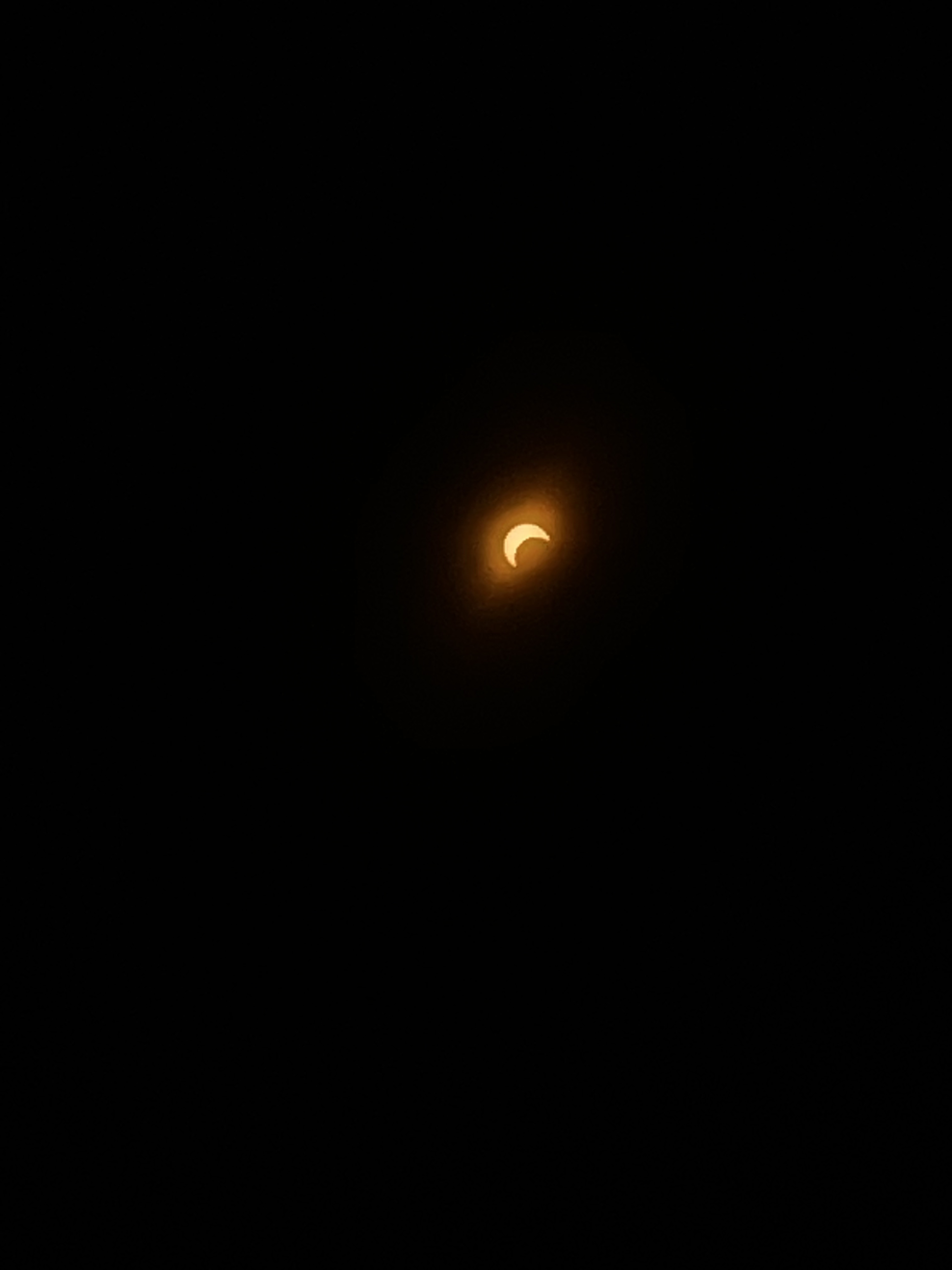
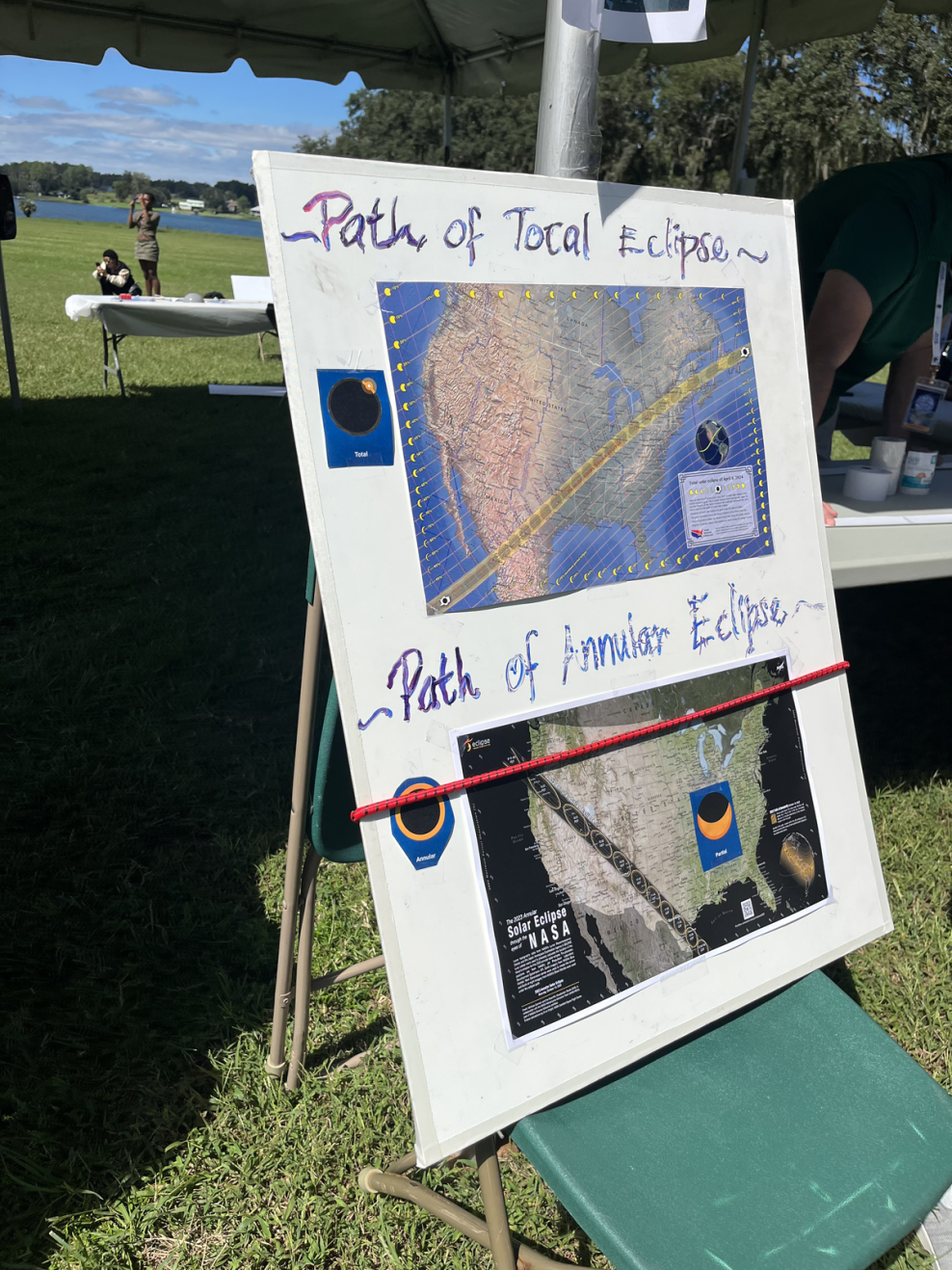
“What’s so cool about today is solar eclipses don’t happen all the time. They only happen every so often for a certain area in the world. The next one will be till 2045,” Connelly explains.
To safely view this phenomenon, complimentary glasses were given out, and various tools, including telescopes and a colander, were demonstrated to observe the moon’s shadow. Dr. Perera stressed the significance of correctly appreciating the eclipse.
“Florida in general is off the path; we don’t get to see the full eclipse, but we can still see partial coverage. We wanted to let the community know, and we wanted to educate them about the eclipse and how to view them safely. First of all, giving away the glasses is the most important thing.”
In addition to witnessing the eclipse, guests had the opportunity to decorate their solar eclipse glasses, enjoy refreshments, learn about the science of the eclipse, and get their faces painted, all while enjoying the company of the Astronomy Society.
Andres Cubillos, a sophomore majoring in criminal justice, stood in awe, glaring at the sun and moon.
“It’s pretty cool they hosted the event because it’s been years since I’ve seen a solar eclipse.”
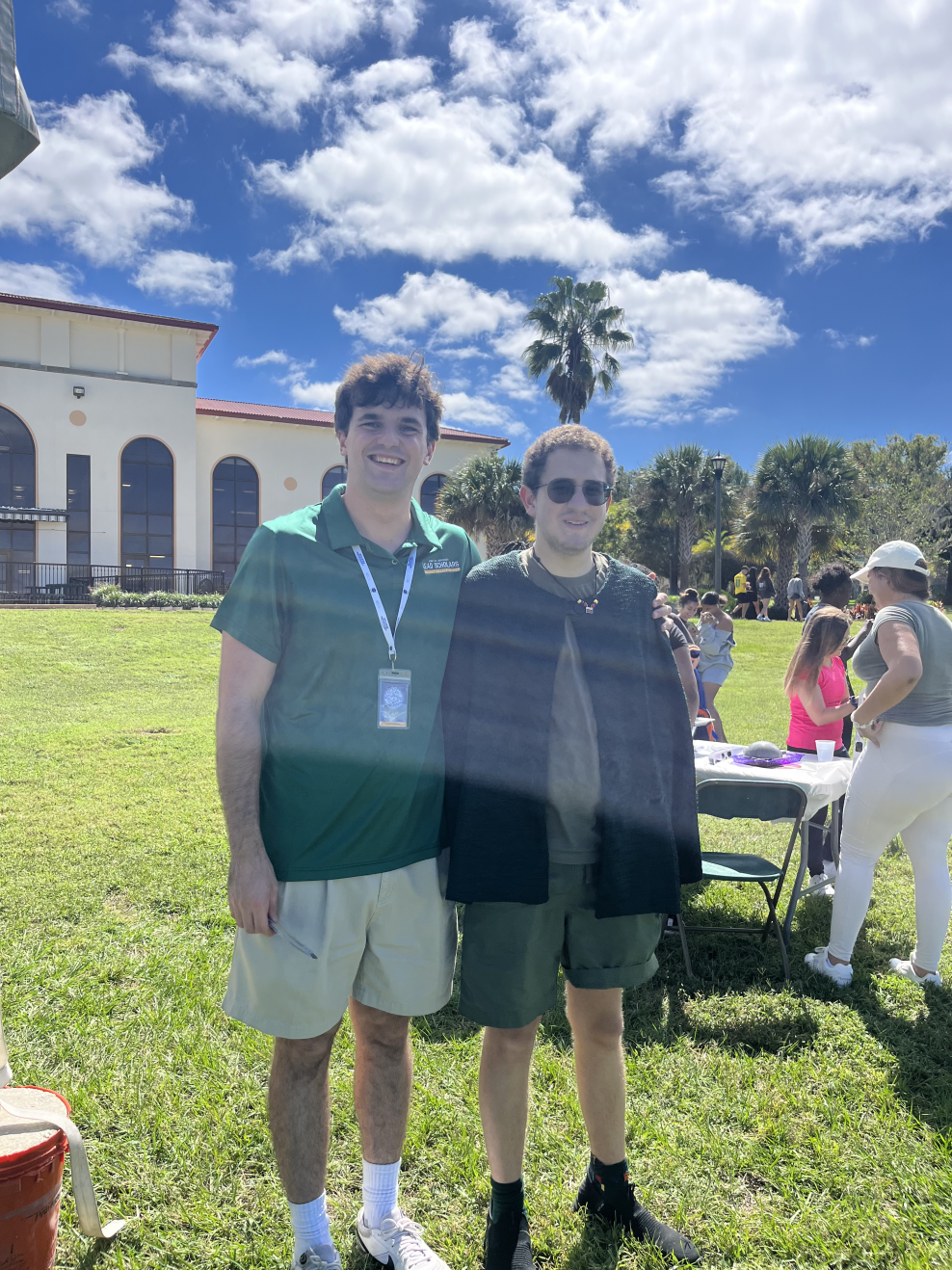
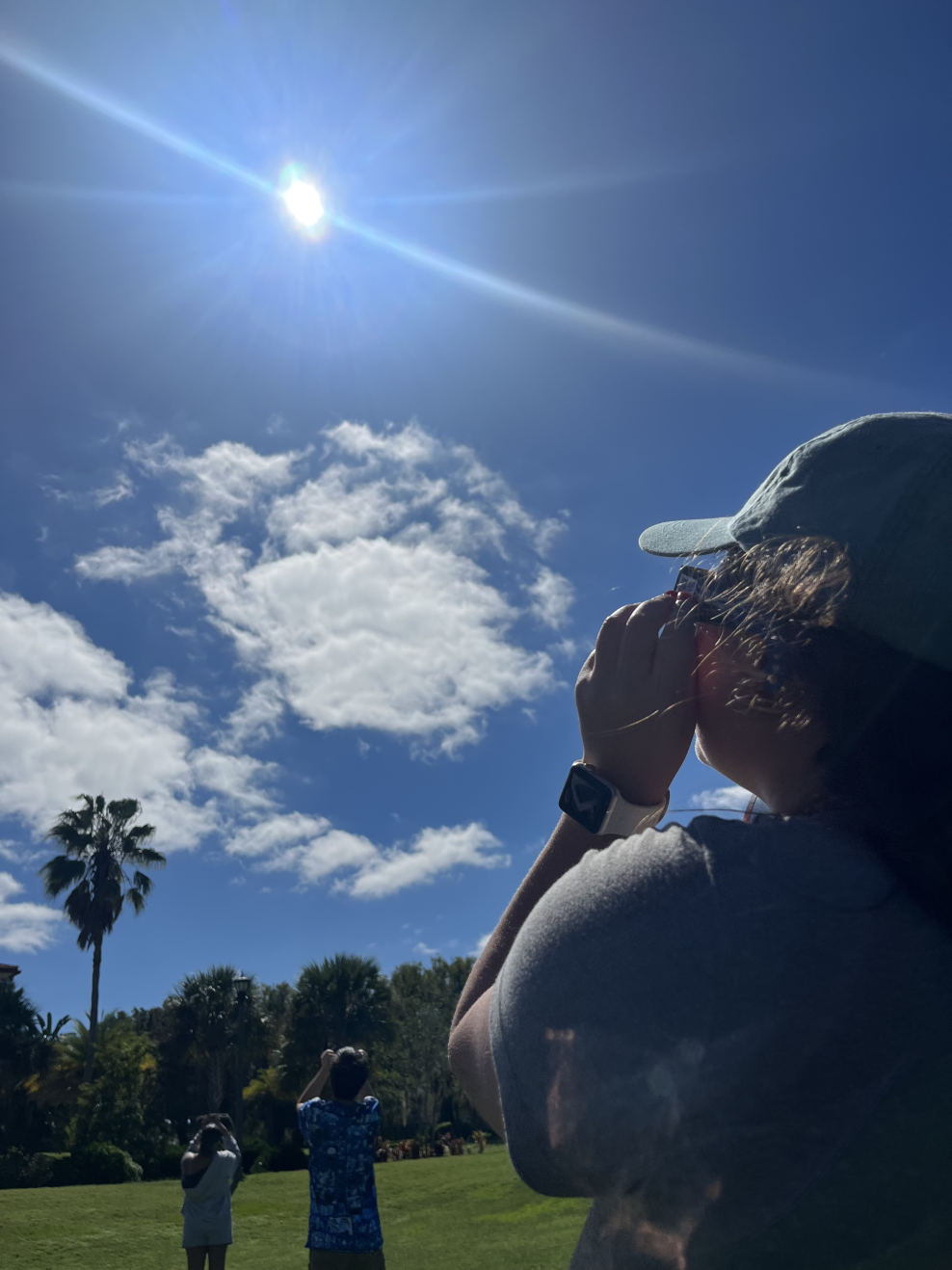
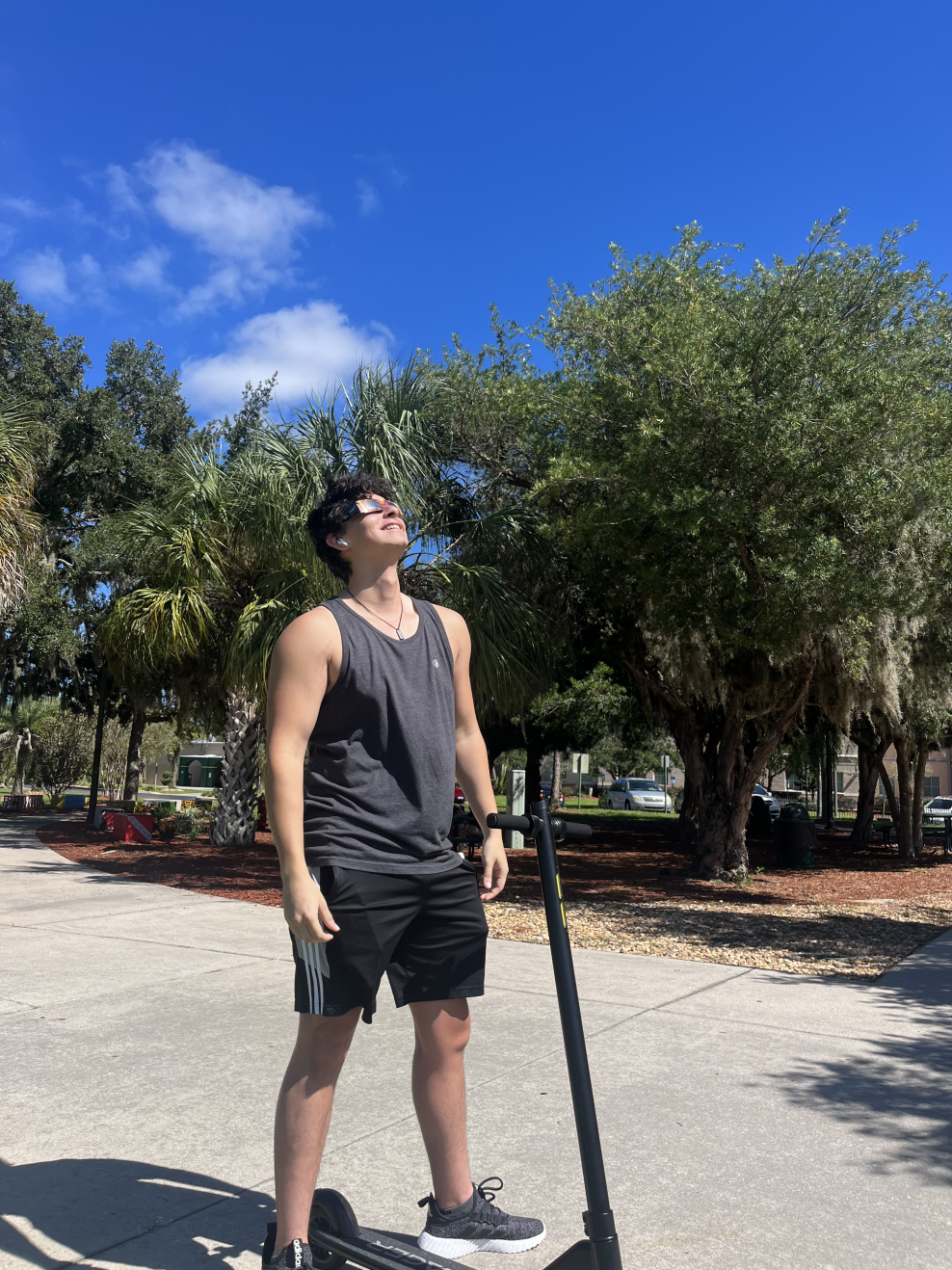
Future events the club plans on hosting are hosting the St. Petersburg Astronomy club on campus for a “star party,” a visit to the NASA JFK center, and a trip to an observatory.
On April 8, 2024, a total solar eclipse will cross North America’s path.
“If you ever get the chance to be in the path of totality for a solar eclipse try to be there because I heard it’s a beautiful experience,” Connelly remarks.


